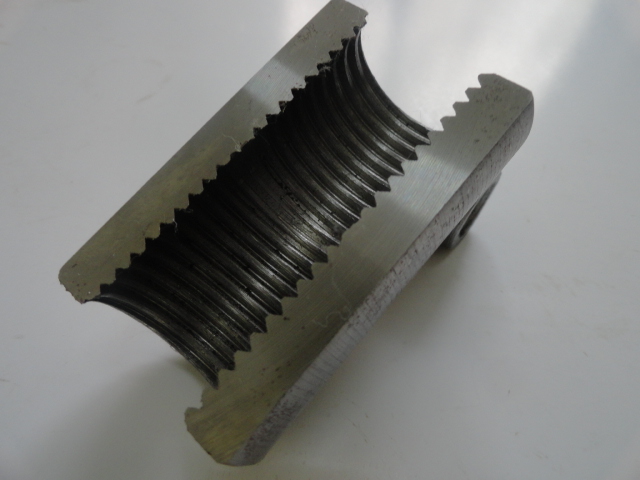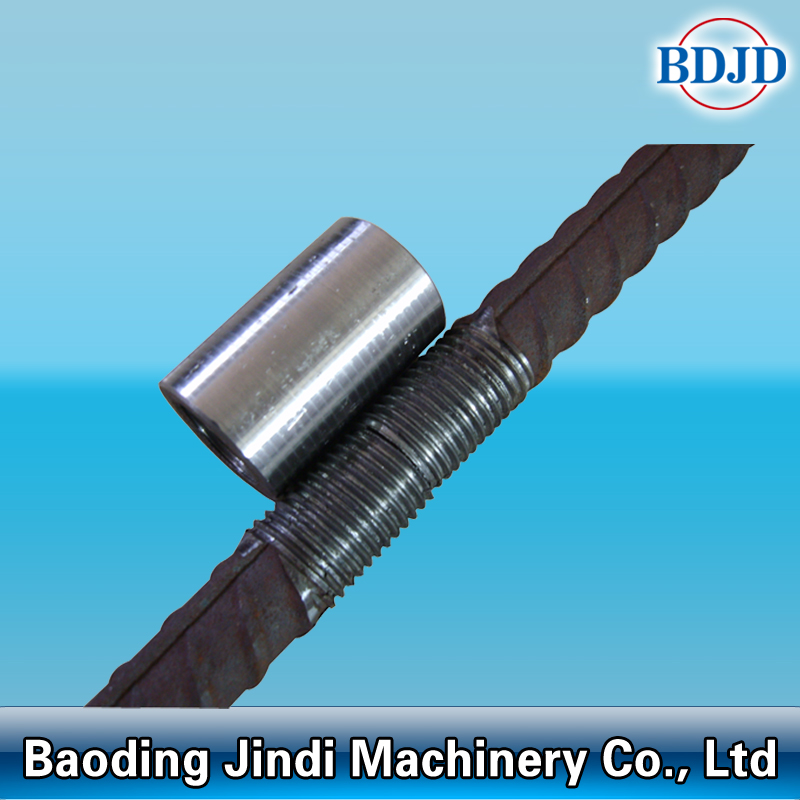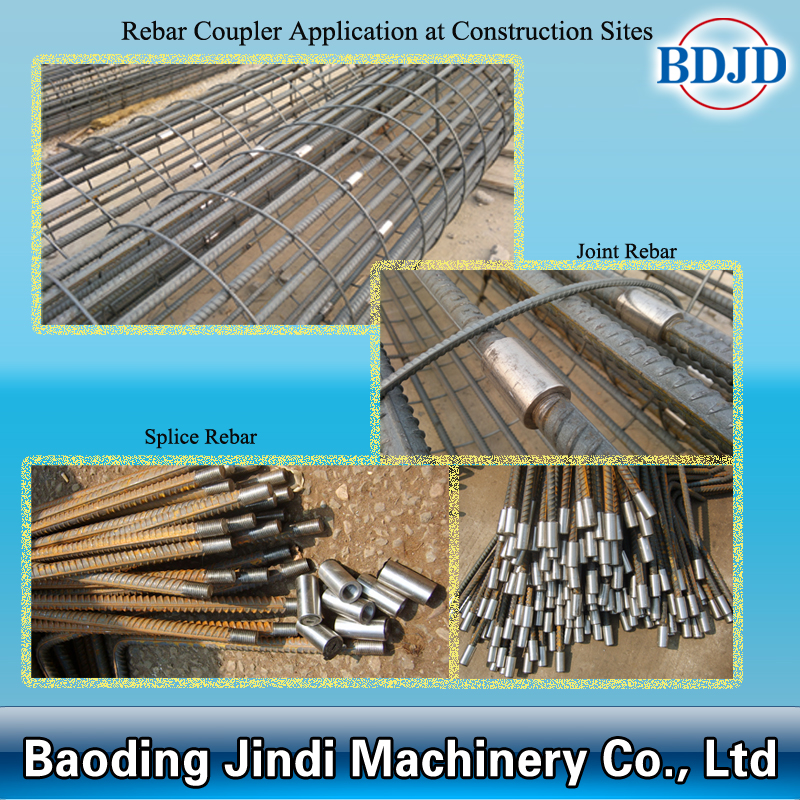Experimental analysis HBFRP is a new type of bridge reinforcement technology, and it is also a more effective method of mixing and strengthening. The reinforcement bonding method of FRP includes three aspects: one is to paste FRP through adhesive glue like traditional EBFRP. The surface of the concrete; the second is to paste the steel plate with the FRP by means of adhesive glue; the third is to fix the FRP on the surface of the structural concrete by the anchor system composed of the steel plate and the pre-tightening bolt, that is, bolting the reserved hole steel plate and tightening the nut to the bolt The pre-tightening force is applied to improve the bonding force between the FRP and the concrete surface and limit the FRP slip. However, it is still in the preliminary stage of research. In order to clarify the effect of HBRRP on the shear reinforcement of reinforced concrete test beams, the test results of the two reinforcement methods are analyzed and compared respectively to study the pre-crack and different FRP strips. The effect of the belt spacing on the HBRRP reinforcement effect. Influence of different reinforcement methods on the reinforcement effect of intact beams For in-service reinforced concrete beam bridges, the shear reinforcement of oblique sections mainly solves two types of problems: First, the bearing capacity of the original structure is caused by the change of function of the bridge (such as increasing the load level). Insufficient; the second is due to different bridge design standards or excessive overload of vehicles and structural damage caused by steel corrosion of the members. Because the former is only subjected to normal load, and because the bridge design is usually designed according to the design of weak bending and strong shear, after the vehicle load passes, there is almost no crack in the oblique section, while the carrying capacity of the latter is relatively reduced. Under the frequent overloading, the oblique section Cracks often occur. In order to simulate the case where there is no crack in the diagonal section of the actual bridge, the experimental design of the complete beam compares the test results of the EBFRP and HBFRP two kinds of reinforcement methods. The test beams of EBFRP are BM2, BM6, BM10, and the test beams strengthened by HBFRP are BM4, BM8, BM12. The corresponding reinforcement methods are FRP strip spacing 50mm, FRP strip bonding 1 layer, FRP strip spacing 100mm, FRP strip bonding 2 layers, FRP strip spacing 150mm, FRP strip bonding 3 layers, BM1 as reference Beam. Comparing the test results of BM2 and BM4, BM6 and BM8, BM10 and BM122 reinforcement methods, when the FRP strip spacing and the number of FRP strips are the same, the ultimate load of the HBRRP-reinforced test beam or the ultimate resistance of the section of the study section Shear force is greatly improved compared with EBFRP reinforcement; compared with reference beam BM1, the ultimate load of HBBRP-reinforced test beams BM4, BM8 and BM12 or the ultimate shear resistance of the section of the study section are improved respectively. 61%, 46% and 19%, the ultimate load of the EBFRP-reinforced test beams BM2, BM6 and BM110 or the ultimate shear resistance of the section of the study section increased by 31%, 3% and 7% respectively. It can be seen that the effect of HBRRP reinforcement is enhanced. Compared with the reinforcement of EBFRP, from the test data, the ultimate load or ultimate shear force of HBRRP strengthened test beam is at least 2 times (61%/31%) higher than EBFRP reinforcement, and the spacing of FRP strips has a great influence on the shear resistance of the section. Larger, the smaller the spacing of the FRP strips, the greater the shear resistance of the cross section. From the point of view of the failure form, the two reinforcement methods are abrupt when the limit state is broken, which is brittle failure. The ultimate failure mode of the EBFRP reinforced beam is characterized by the development of the oblique crack in the study section, the peeling of the concrete protective layer or the FRP peeling off on the concrete surface, and the ultimate failure form of the HBRRP reinforced beam is the development of the oblique crack along the research section, and the concrete is in the research section. It is pulled apart by the FRP along the longitudinal direction of the test beam. It can be seen that the HBFRP reinforcement can inhibit the peeling of FRP due to the anchoring action of the bolt, and the shear resistance of the research section is related to the splitting strength of the concrete. When the cracking degree is the same, the FRP strip spacing and the FRP bonding layer are the same, the HBFRP reinforcement is more effective than the EBFRP reinforcement for improving the section shear resistance. In addition, from the failure form, the pre-cracked beam is basically the same as the above-mentioned complete beam. The ultimate failure form of the EBFRP-reinforced pre-cracked beam is characterized by the development of the oblique crack in the study section, the concrete protective layer peeling or FRP on the concrete surface. Peeling, and the ultimate failure mode of the HBRRP-reinforced pre-cracked beam is the cracking of the concrete along the longitudinal direction of the test beam along the longitudinal direction of the test section. Therefore, for pre-cracked beams, HBFRP reinforcement can inhibit the peeling of FRP, and the shear resistance of the study section is related to the splitting strength of concrete. Conclusion The HBFRP reinforced concrete bridge technology is still in the initial stage of research. This paper combines the actual bridge damage condition and compares the reinforcement effect of the complete beam and the pre-cracked beam with the pre-cracking degree and different FRP strip spacing to the FRP bolt joint. The effect of the reinforcement effect is as follows: (1) HBFRP is a more reliable reinforcement technology than EBFRP, which can effectively avoid the peeling damage between FRP and concrete. The test results show that whether it is a complete test beam or a pre-crack test beam The ultimate shear force increase of the HBFRP oblique section is at least twice the increase of the ultimate shear force of the EBFRP reinforcement oblique section; (2) For the same pre-cracking beam, the shear capacity of the inclined section of the strengthened beam and the spacing of the FRP strip Relatedly, in the ultimate shear failure of the inclined section, the smaller the spacing of the FRP strips, the greater the shear capacity of the reinforced beams obliquely; (3) For the HBRRP reinforced beams with different pre-cracking, the concrete is cracked. For the test beam with the ultimate state of failure, the difference of the pre-cracking degree has little effect on the shear bearing capacity of the reinforced beam, and its influence is negligible.
Rebar Coupler is used to connect threaded rebar with diameter from 12mm-50mm.
Types of Rebar Parallel Thread Splicing Coupler:
1. Standard type;
2. Left-handed & right-handed type;
3. Transition type;
4. Nut-locking type;
5. Wide Mouth type.
Rebar Coupler Advantages
1. Material: 45C or 40Cr.
2. High precision thread, full thread type, no false thread.
3. Bar break by tensile strength test.
4. Install quickly, conveniently, shorten construction period, cost effective.
We have the ability to customize according to the customer's request!




Rebar Coupler
Rebar Mechanical Coupler Price,Reinforcing Black Color Rebar Coupler,Rebar Splicing Sleeve,Material Steel Rebar Coupler
BAODING JINDI MACHINERY CO., LTD , http://www.rebarconnector.com